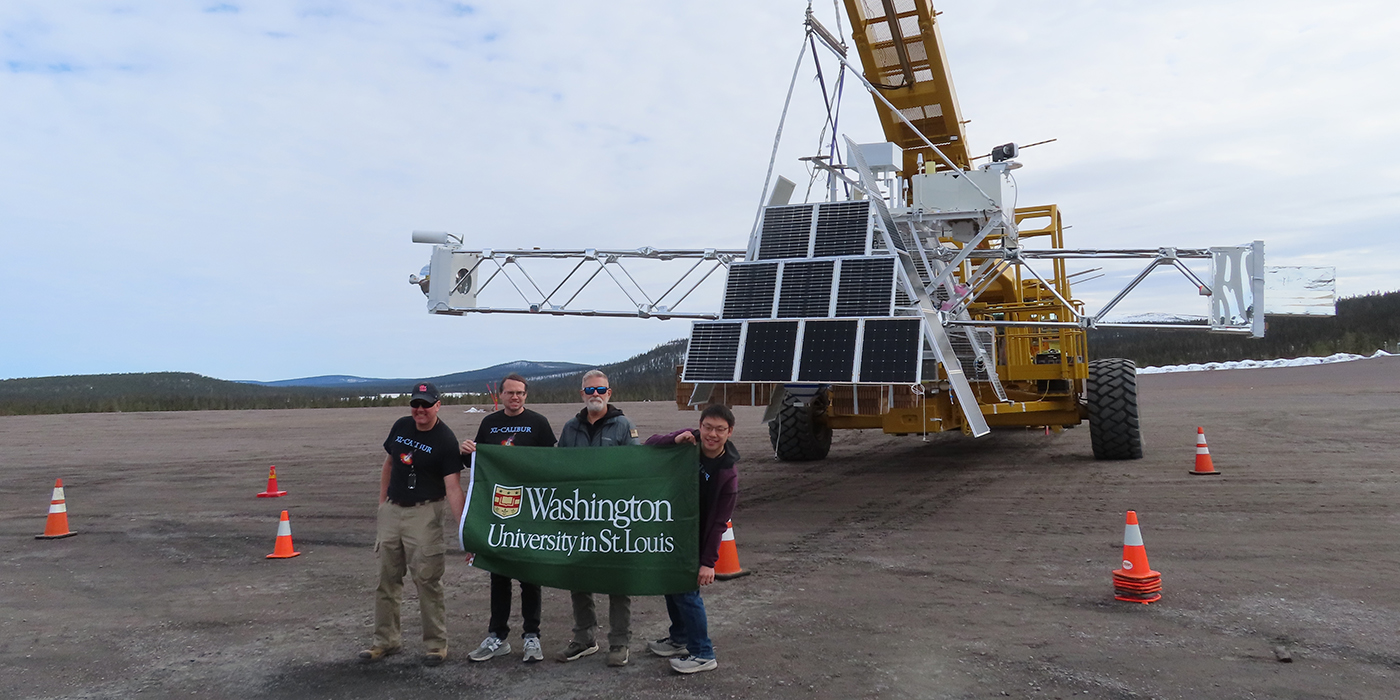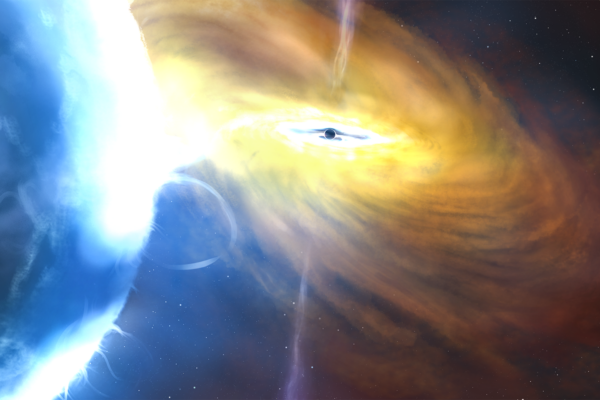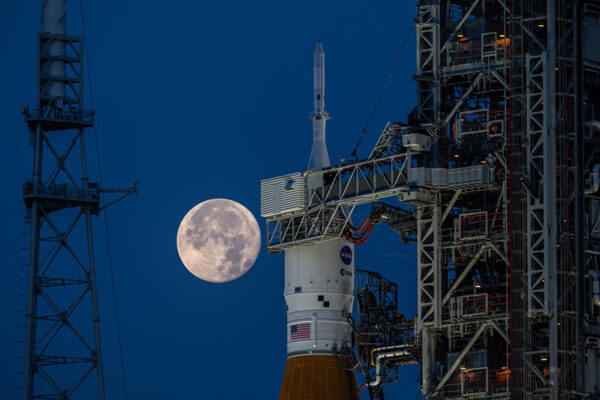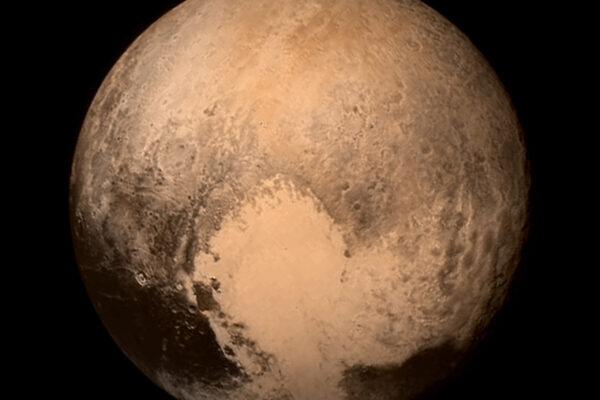Scientists from Washington University in St. Louis are preparing to launch a balloon-borne telescope to unlock the secrets of astrophysical black holes and neutron stars.
The telescope known as XL-Calibur could be launched from Esrange Space Center in Sweden as early as Wednesday, May 29, according to principal investigator Henric Krawczynski of WashU, who is leading a team of collaborators from the United States, Japan and Sweden.

Different types of black holes can have very different characteristics. “The lightest ones have diameters of a few kilometers, while the most massive ones are larger than our solar system,” said Krawczynski, the Wilfred R. and Ann Lee Konneker Distinguished Professor of Physics in Arts & Sciences. “The one thing that they all have in common is that they’re really compact, given their size. They’re so compact that their gravity becomes really intense. Not even light can escape.”
XL-Calibur was built to observe these black holes and other extreme objects in the universe. The instrument measures the polarization of X-rays coming from these objects.
During the upcoming flight, XL-Calibur scientists plan to study how the black hole Cygnus X-1 accretes matter. They will also collect data to test how pulsars accelerate particles. XL-Calibur data can be used on its own and together with data from the space-borne Imaging X-Ray Polarimetry Explorer (IXPE) satellite.
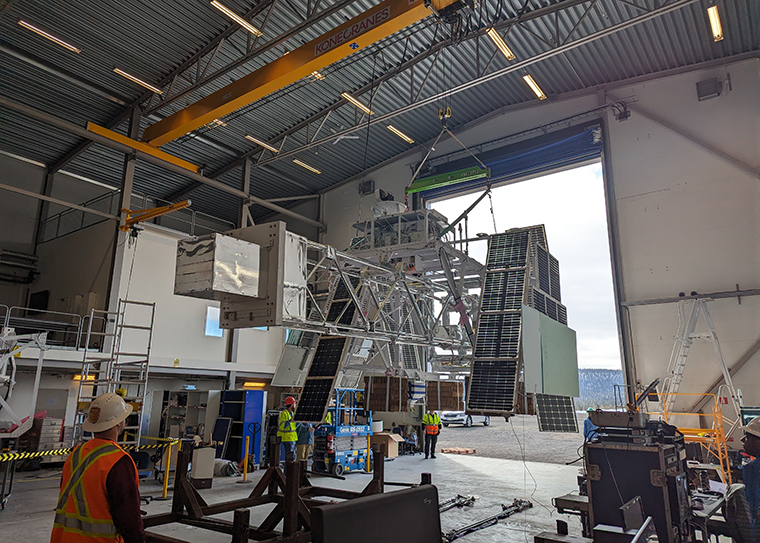
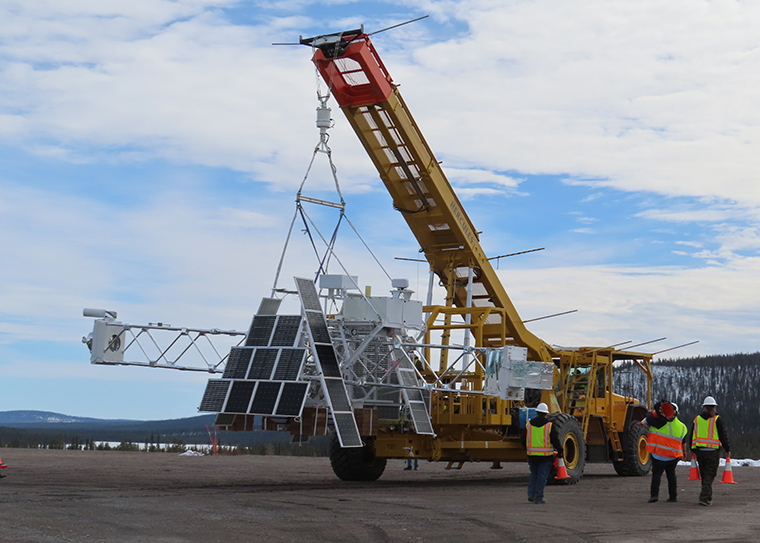
To accomplish its science goals, the 3,500-pound XL-Calibur device is designed to be carried by a scientific balloon that lifts it about 125,000 feet (38,100 meters) in the air, above 99.97% of the Earth’s atmosphere. “At that point, the atmosphere becomes transparent to X-rays,” said Krawczynski, who is a faculty fellow of the McDonnell Center for the Space Sciences.
This is the second XL-Calibur flight. In 2022, the instrument launched from Esrange, but it did not collect the desired science data. After a journey of six days, a parachute brought XL-Calibur down in a forested area outside of Yellowknife, Canada. The balloon flyover generated buzz and media coverage in some of the communities it traveled over. “From the ground, it looked like a second moon floating across the sky,” wrote one reporter at the time.
XL-Calibur was recovered, and Krawczynski and his team members inspected it back at WashU. “We will fly the experiment with minimal changes,” Krawczynski said. His group received $1.5 million in funding from NASA for the second flight; the project also received funding support from Japan and Sweden.
“Last time, the balloon was launched in northern Sweden and flew across Norway, Iceland and Greenland before finally landing in the wilderness of Canada,” said Ephraim Gau, a graduate student in physics in Arts & Sciences who works on XL-Calibur and is stationed at Esrange for the launch. “I expect the route will be something similar this time — with the caveat that we’ve been told the stratospheric winds are behaving a little more funky than normal.
“Of course we would love to be in the air for as long as possible, to get as much data as possible!” Gau said. “But we are aiming for at least 4-5 days of data-taking flight.”
